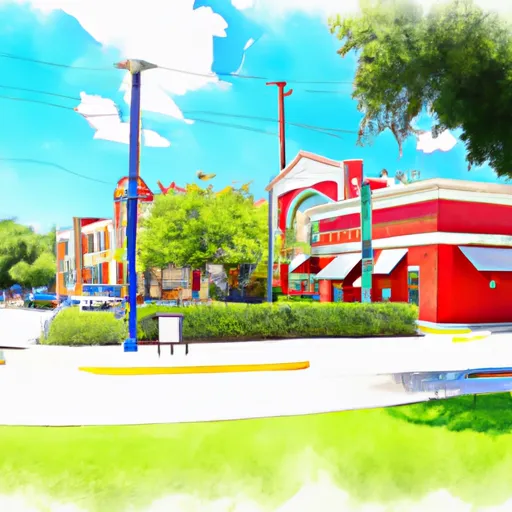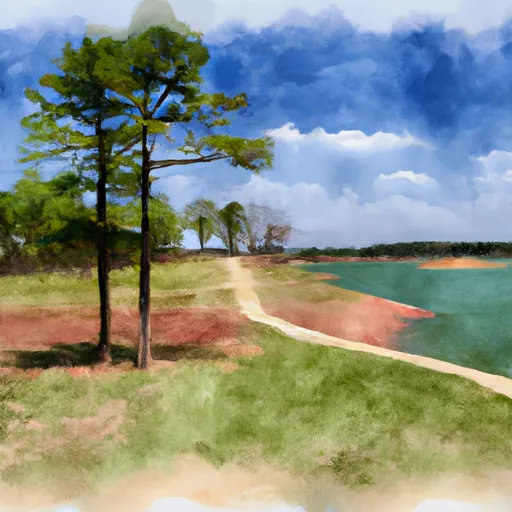°F
°F
mph
Windspeed
%
Humidity











Alvin, Texas is located in Brazoria County and has a humid subtropical climate characterized by hot summers and mild winters. The city is situated on the Gulf Coastal Plain and is drained by the Chocolate Bayou and other small waterways. Hydrology constituents in the area include sediment, nutrients, and bacteria that can impact water quality. Outdoor recreation opportunities in Alvin include fishing and boating on Chocolate Bayou and nearby Lake Jackson, as well as hiking and birdwatching in the nearby Brazoria National Wildlife Refuge. The city also offers various parks and sports facilities for residents and visitors to enjoy.
Weather Forecast
Alvin receives approximately 1340mm of rain per year, with humidity levels near 83% and air temperatures averaging around 21°C. Alvin has a plant hardyness factor of 9, meaning plants and agriculture in this region tend to thrive here all year round.
Regional Streamflow Levels
1
Cubic Feet Per Second
2,370
Cubic Feet Per Second
4,840
Cubic Feet Per Second
260
Cubic Feet Per Second
Nearby Camping
| Camping Area | Reservations | Toilets | Showers |
|---|---|---|---|
| Mission Tejas State Park | |||
| Camp Mohawk County Park | |||
| Green Caye County RV Park | |||
| Double Lake | |||
| Lake Houston Wilderness Park | |||
| Wolf Creek Park - Lake Livingston |



